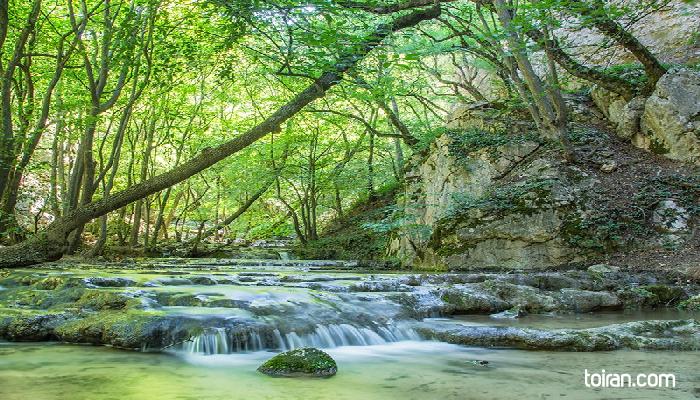The city of Gorgan is the capital of Golestan Province in northern Iran. The city borders Aqqala in the north, Kordkuy and Bandar Torkaman in the east and Shahkouh heights and Semnan Province in the south. Located near the Caspian Sea, the city is surrounded by the Gorgan Plain in the north and the lush forests of the Alborz Mountain range in the south. Gorgan has relatively mild climate but experiences hot and humid summers.
The original city of Gorgan, which was known as Verkana in Old Persian and Hyrcania in Greek sources later came to be known as Astarabad until 1937. The city was an important cultural and trade center in northern Iran, but was destroyed during the 13t century Mongol invasion.
While excavations of Tureng Tepe, an archeological site located 17 kilometers from Gorgan, have yielded artifacts from the Neolithic and Chalcolithic periods, many researchers believe the city was first populated during the Median era (678 -549 BC).Gorgan is rich in archeological sites which are scattered in and around the city. The most famous of these sites is the “Great Wall of Gorgan,” a 195-kilometer long and 6- to 10-meter wide wall that stretches from the mountains north of Gonbad-e Kavus to the shores of the Caspian Sea. This magnificent defensive wall is believed to have been constructed during the Sassanid era (226-651 CE). Because of the red bricks used in its construction the wall is also known as the “Red Snake.”
The city, which is the birth place of Agha Mohammad Khan (1742-1797), the founder of the Qajar dynasty (1785-1925), flourished under the Qajars and was given the nickname “City of the pious.” Agha Mohammad Khan even built himself a palace in the city.
Gorgan has several historical and natural attractions as well as museums. Some of these sites include the Jame Mosque of Gorgan, the scenic Ziarat Village and its thermal spring and the Ziarat Waterfall, Alang Darreh Forest Park, Hezarpich Heighths, Gorgan Museum which houses finds from Tureng Tepe and other archeological sites in the area, and a Handicrafts Museum.
Gorgan is also known for its daily local markets where Turkmen nomads sell their handicrafts such as woolen carpets, silk textiles and handmade jewelry.









